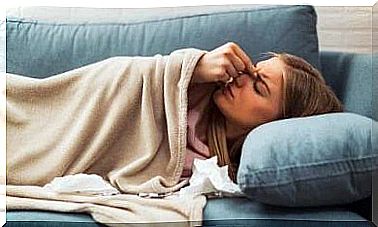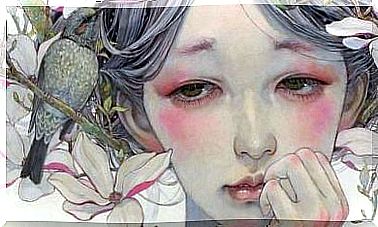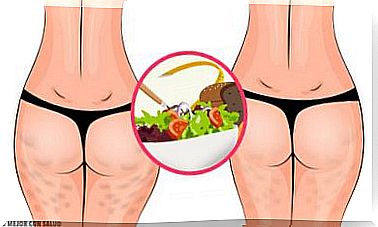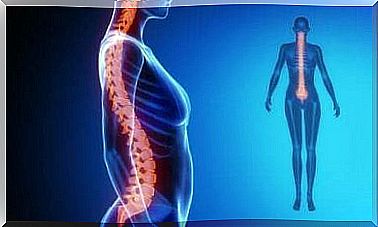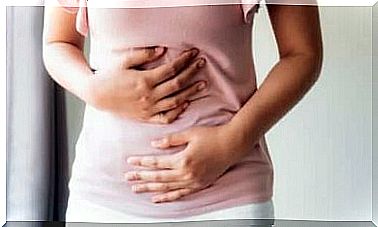Causes And Treatment For Migraines In Women
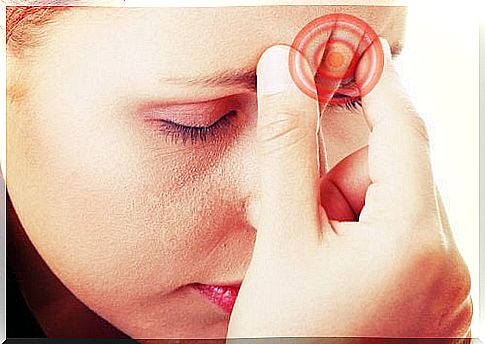
Migraines are very intense headaches that affect about 13% of the population. Women are especially prone to this health problem. What is the cause of their appearance and what treatment for migraines can you use?
Clinical studies (such as the one conducted a few years ago by the Department of Gastroenterology and Nutrition of the Chiron Hospital in Barcelona) suggest that, although they are somewhat determined by genetic inheritance, migraines are also associated with the presence of a certain enzyme in the body.
In this article, we will present you a simple idea of treatment for migraines. When these pains give you a hard time, we advise you to try without hesitation the simple tips that we are going to present to you.
Why are women vulnerable to migraines?

According to Dr. Ramon Tormo, a neurologist at Chiron Hospital, three out of four people with migraines are women. You may have experienced migraines in the past and had to be absent from work frequently to see your doctor, but you have not yet been able to find a suitable treatment.
Why are we women so vulnerable to migraines? Is there a treatment for migraines that can improve our quality of life? To date, doctors have reached the following conclusions:
1. Lack of a certain enzyme causes migraines in women
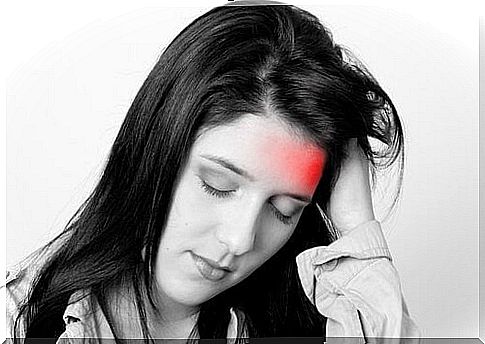
Here’s a question that should make you think: Are migraines a common problem in your family? According to the study by Dr. Tormo, migraines are associated with a low level of an enzyme called diamine oxidase.
This deficiency is hereditary, being genetically transferred from parent to child and is one of the main causes of terrible migraines. Here’s how:
- Diamine oxidase has the role of destroying histamines, molecules that make up many of the foods we eat daily, including dairy products, meat and citrus. When histamines break down in the body, they are excreted in the urine.
- What happens when the level of histamine in the blood becomes too high? Eventually they accumulate in the plasma, causing inflammation that slows down digestion and alters the chemical composition of the brain. As a result, blood flow is accelerated and brain tissue becomes inflamed.
2. The link between migraines and hormonal changes in women

There is another interesting reason why the lack of diamine oxidase affects women more often than men: the hormonal changes that take place in a woman’s life due to ovulation, menstruation and menopause. Here is the impact that the menstrual cycle can have on migraines:
- Female hormones and menstruation cause a decrease in the level of diamine oxidase in the blood. This is why we sometimes experience migraines during menstruation. If there is also a genetic component of the deficiency, the problem can be considerably aggravated.
- During pregnancy, the placenta produces diamine oxidase to protect the fetus. Pregnant women may not experience any migraines during the nine months of pregnancy.
- Because you experience various hormonal changes throughout your life, a migraine treatment that worked today may be useless tomorrow. It all depends on your menstrual cycle. If you are older and have reached menopause, there is a possibility that the migraines you feel may be more intense than before.
Is there a treatment for migraines?

Migraines have been associated with an intolerance to histamines, including those present in milk and citrus. But, as we have shown before, This means that by balancing the level of this enzyme, we can prevent the onset of migraines.
Only a neurologist can prescribe a suitable migraine treatment. Although about 90% of migraines are caused by a deficiency of diamine oxidase, the causes of the other 10% are unknown.
So what can you do to reduce your chances of experiencing a migraine? Implement the following tips:
1. Avoid stressful situations or learn how to deal with them, as they can cause migraines.
2. Reduce your daily intake of histamine-rich foods:
- Milk
- cheese
- Yogurt
- Wine
- Beer
- Soft drinks
- Coffee
- Rice flour
- Sausages
- Canned or fresh meat
- Beans
- Fermented vegetable products, such as tofu
- Frozen fish
- Eggplants
- Vinegar
- Chocolate
- anchovies
- Avocado
- Packaged fruit juices


